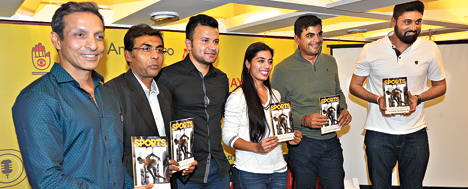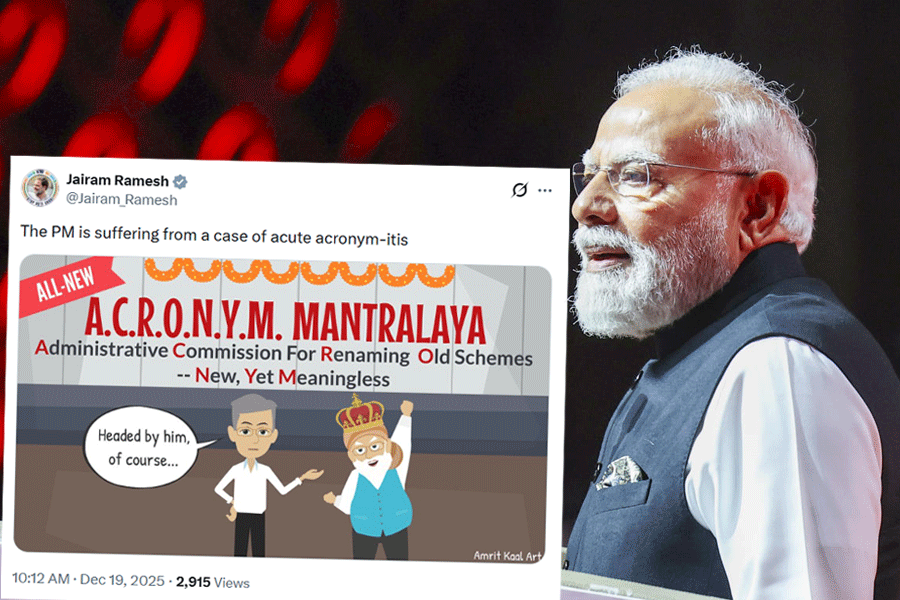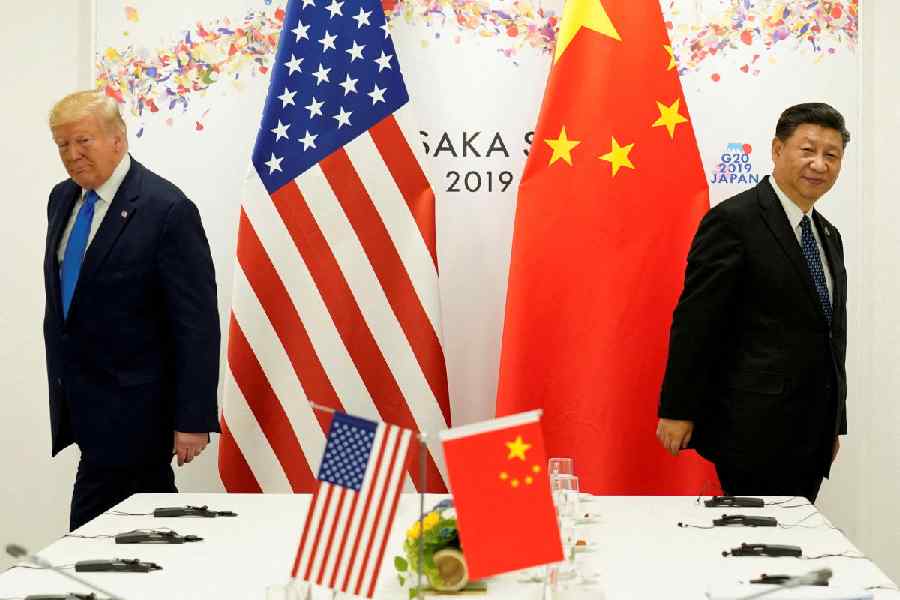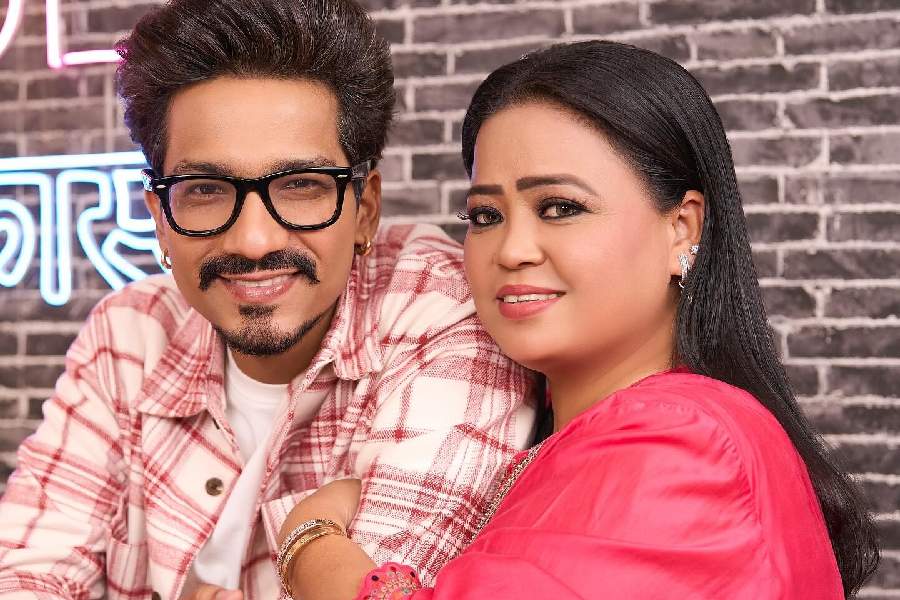
Everyone is an athlete,” says strength and conditioning coach and t2 columnist Ranadeep Moitra. “Sports movements are the same as our movements in daily life, whether it’s in the kitchen or in the garden, and so everyone stands to benefit from this book,” says he. The book in question is Sports Fit — Bridging the Gap Between Research and Practice by Kaushik Talukdar, a strength and conditioning coach himself, besides being a lecturer and PhD candidate at Auckland University of Technology in New Zealand.
Published by Notion Press, the book was launched on December 29 at Oxford Bookstore after a panel discussion moderated by Ranadeep and involving the author, tennis pro Shivika Burman, AIFF technical officer Goutam Ghosh, golfer Ranjit Singh Rathore and former first-class cricketer Ranadeb Bose.
SNIPPETS FROM THE SESSION...
Sport fitness, then and now
Shivika: Back then (her early days), it was all about going out there and hitting balls. Now the game’s a lot more physical, and I’m trying to focus on the strength and conditioning aspect with the kids (at her academy, The Tennis Tree).
Goutam: In the past we’ve seen that our players would tire out after 60-70 minutes. We realised the importance of the physical aspect when we toured Europe with our
U-16 teams. Even today teams like East Bengal and Mohun Bagan have players sitting out due to the lack of proper physical training.
Ranadeb: It’s challenging to train cricketers because the different specialist roles require different kinds of training. I faced that problem when I was playing until I began training with Ranadeep. Even now we have a dearth of good trainers.
Gruelling schedules
Ranjit: Golf is already very physical now, schedules are gruelling, and the demands on the body are tremendous.
Ranadeb: We don’t really have an off-season any more. It’s very difficult from a trainer’s point of view. In this respect, I think Ashoke Dinda has cracked the code (managing to stay fit). The challenge is greater when you consider the fact that players must play to get paid.

The importance of running
Shivika: Running is necessary for endurance, but definitely long distance is not going to help you become a better tennis player.
Ranadeb: Running used to help me gather my thoughts. And it was also a mental thing — if I’m running those 15 laps, I’m fit.
Goutam: Nowadays we give more importance to short runs, quick movements. At the U-17 World Cup our boys fought like tigers throughout the 90 minutes, and our coaches deserve credit for that. With improving technology and sports science, football in particular and sports in general in this country is sure to improve.
Mind matters
Kaushik: Working with young athletes, my role goes beyond strength and conditioning. I’m a mentor to them. I influence their psychology... it’s important to invest time in getting to know the athlete.
Ranadeb: A 12-year-old will completely surrender to you, whereas a 25-year-old has multiple sources of information, so that’s more challenging.
The role of parents
Ranjit: A parent plays the role of a listener. I don’t think parents should get too involved; they should leave it to the professionals. The parents I interact with have seen me with their kids, so they understand that I’m doing what’s right for them.
Shivika: When parents send their kids to us, they must trust us. And they shouldn’t compare their kids with others. What they need to take care of are things like diet and sleep.
#FivePointKaushik

•I think every kid should play multiple sports — and this is supported by research.
•Only high-intensity workouts will not help. Recovery is crucial.
•Education is key, for athletes and coaches alike.
•Assessment is the starting point and it has to be evidence-led to be reliable. The right assessment is very important for any athlete.
•In any asymmetrical sport (one that requires the use of the right arm a lot more than the left, for example), without good harmony there is a high risk of injuries.
Text: Sunny Lyngdoh
Pictures: Pabitra Das











